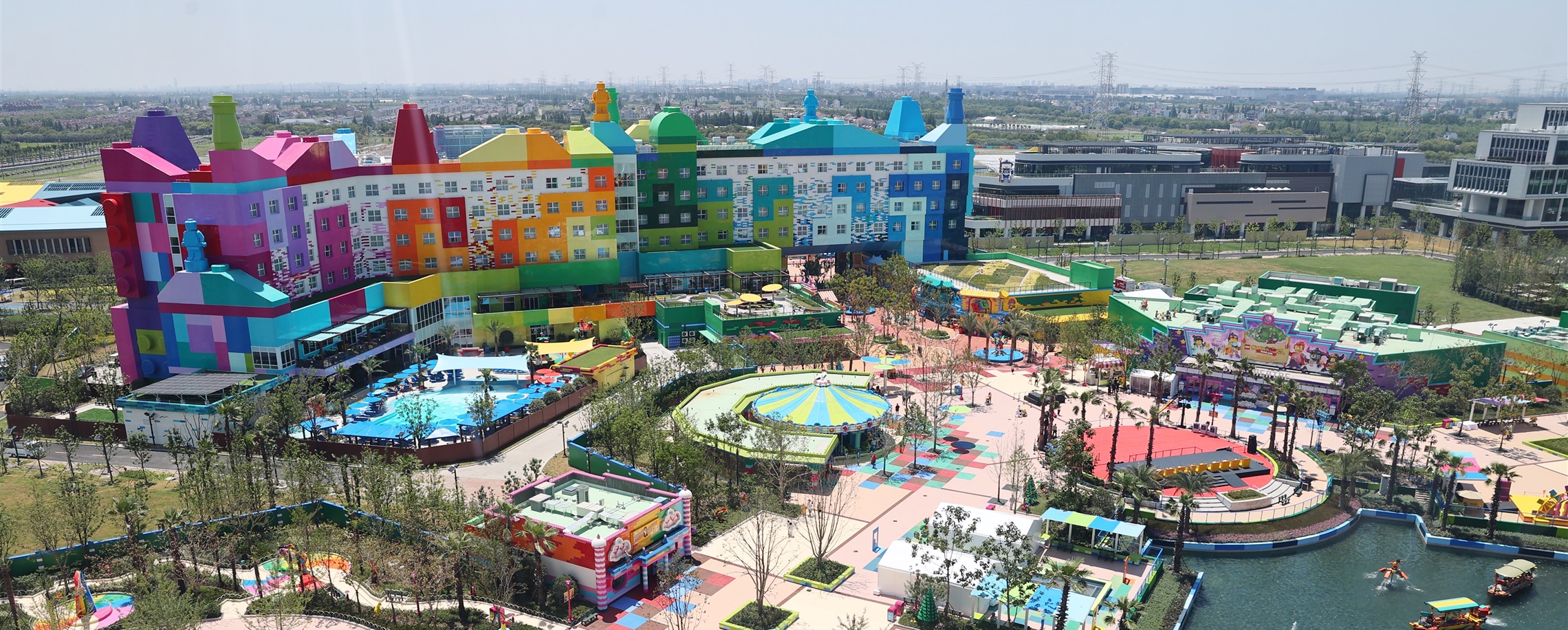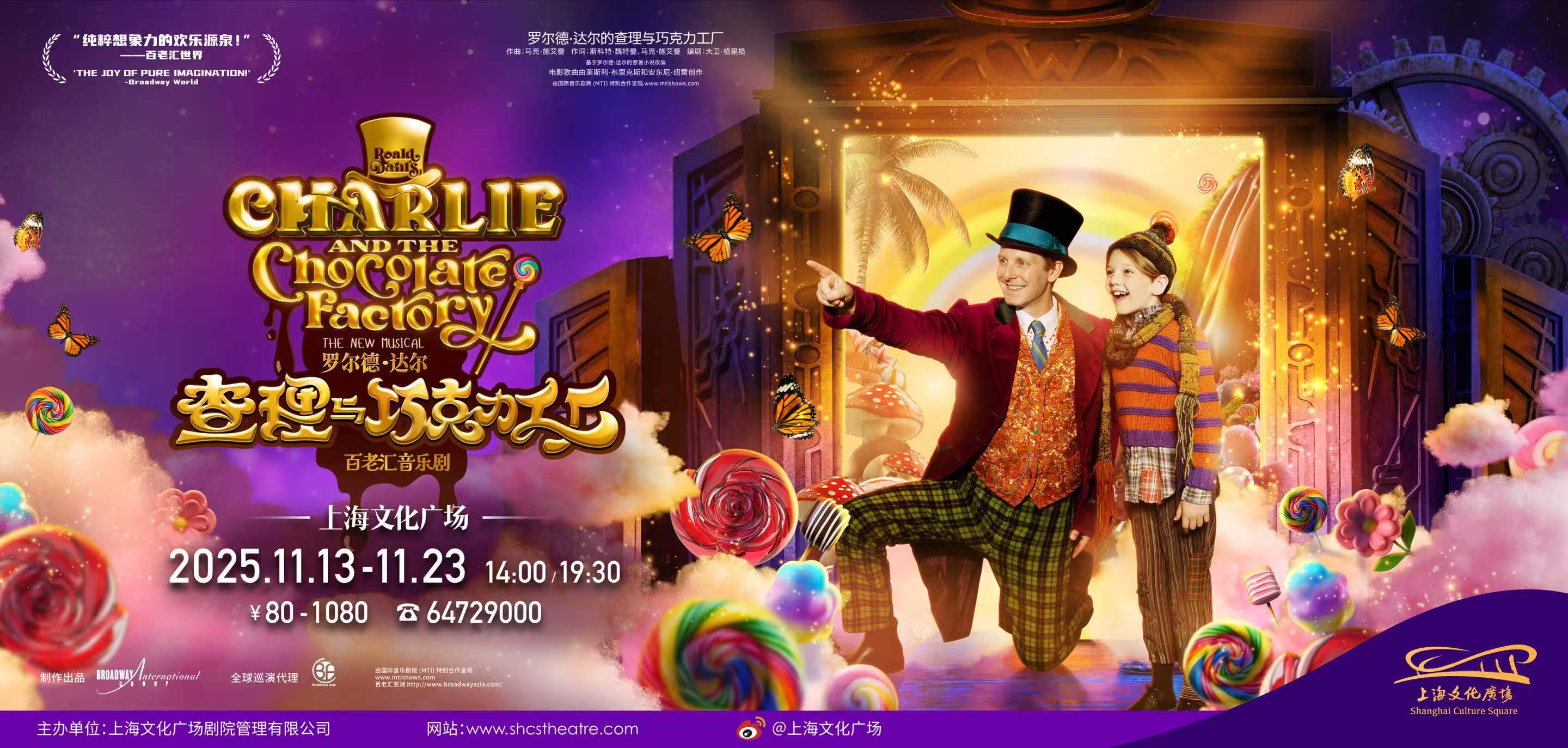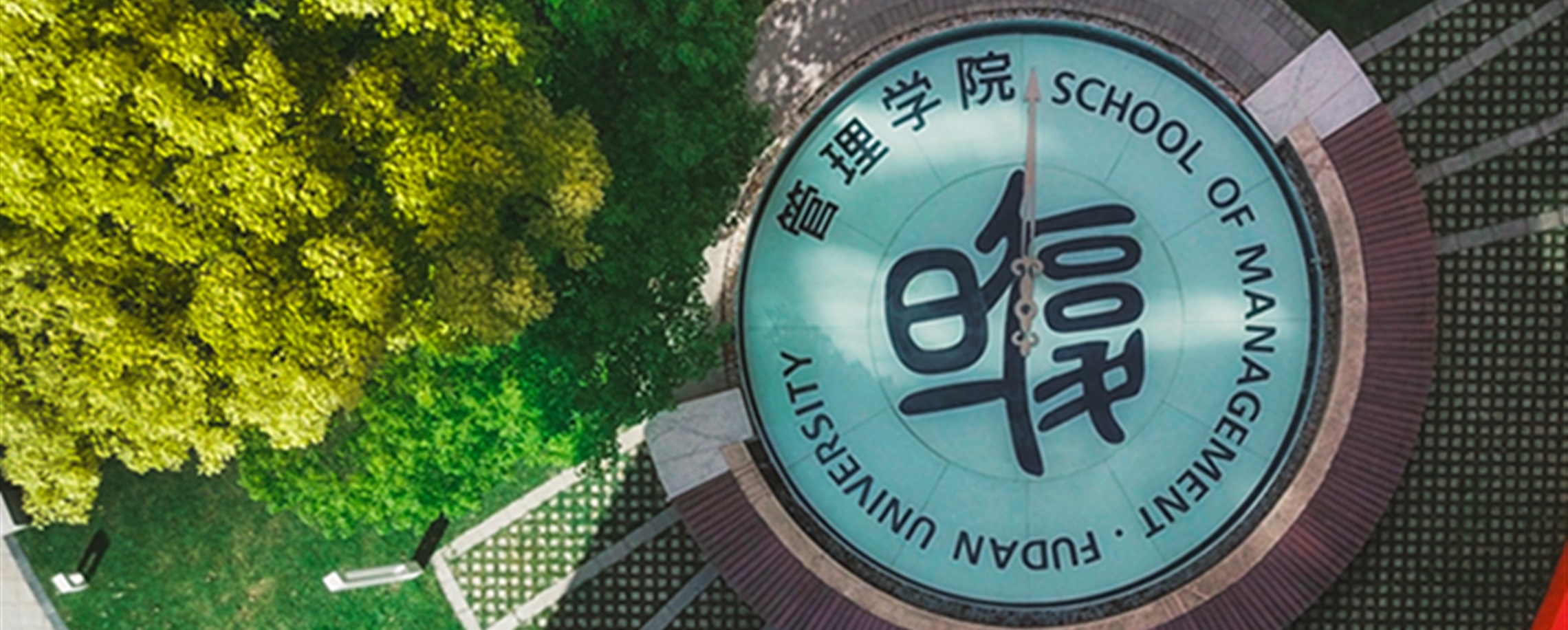Threads of Time: The 3,000-Year Weaving Legacy of the Li People
Editor's note:
The United Nations has officially designated 44 Chinese traditions as world cultural heritage. This series examines how each of them defines what it means to be Chinese.
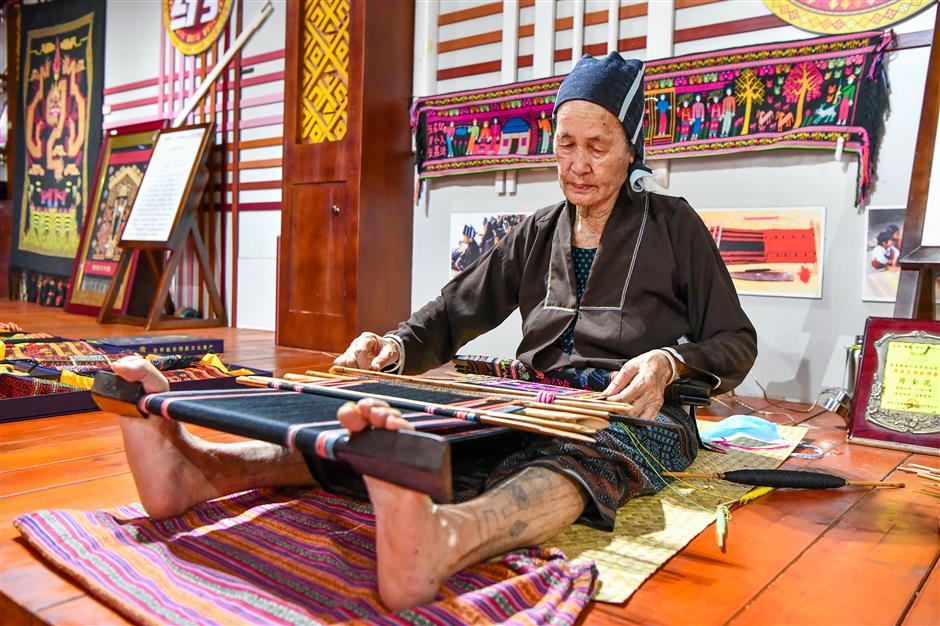
Long before weaving took shape elsewhere, the Li ethnic group of Hainan Island created cloth from nature's bounty. They spun and wove garments with bare hands and wild fibers, starting a new textile tradition in China.
Traditional Li textile techniques are a "living fossil" of the textile industry, practiced for more than 3,000 years. Early islanders were skilled at making ropes and yarn, as evidenced by stone spinning wheels from the Neolithic Age found at the Qiaoshan site in Lingshui, south China's Hainan Province.
In the Spring and Autumn Period (770-476 BC), ancient texts such as "Shangshu," or "Book of Documents," wrote that "the islanders wore woven garments of fiber," referring to Li cotton fabrics.
In the Han Dynasty (206 BC-AD 220), Li weavers made fine broadcloth that became an imperial tribute.
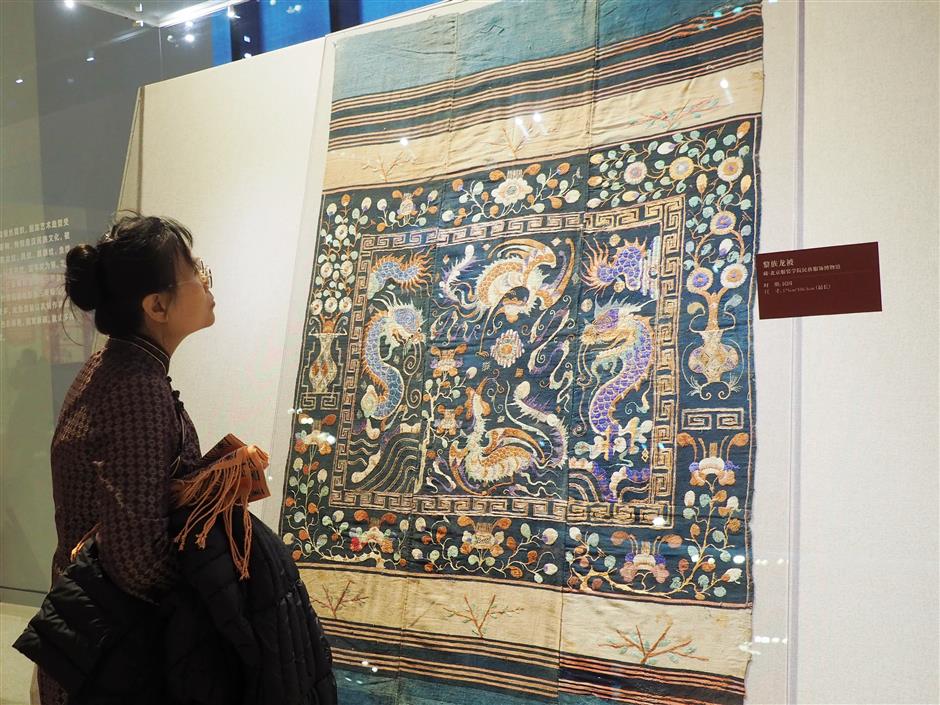
In the Song Dynasty (960-1279), Li weaving reached a high level of sophistication. Historical records describe fabrics adorned with delicate floral motifs and even featuring woven characters.
In 1133, five out of the nine tribute textiles presented to the imperial court originated from Hainan.
During the Yuan Dynasty (1271-1368), the fabrics crafted by the Li people gained popularity throughout China, renowned for their soft, dense and warm texture.
By the Qing Dynasty (1644-1911), Lijin, or Li brocade, was traded internationally and celebrated for its vibrant colors and intricate patterns depicting people, flowers and birds.
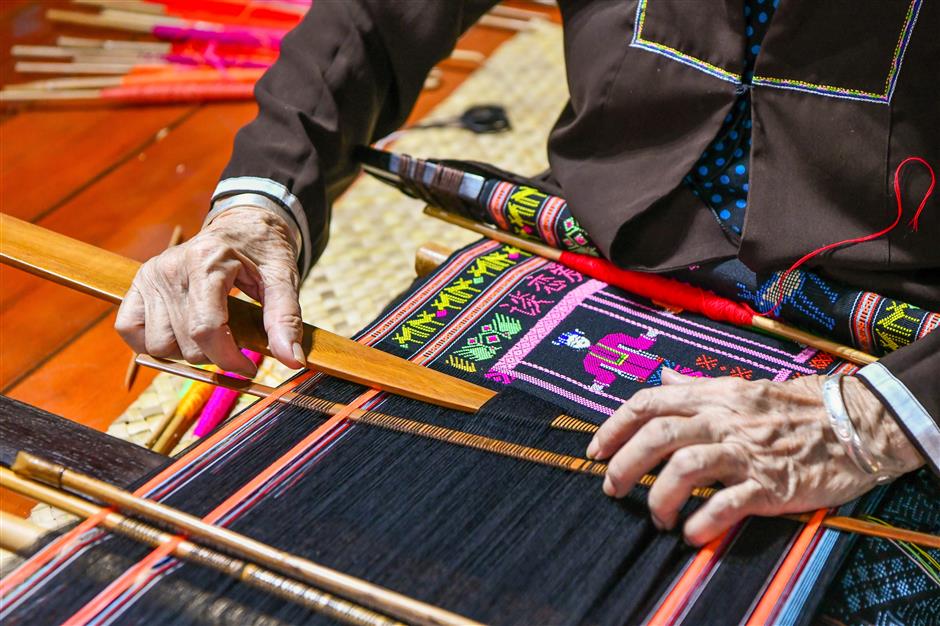
Luo Wenxiong, director of the Hainan Provincial Museum of Nationalities, said that Li weaving evolved from bark and hemp to cotton textiles, peaking during the Song and Yuan dynasties. Yet its influence extended far beyond the island.
Centuries ago, Huang Daopo, widely recognized as the matriarch of Chinese textile innovation, traveled to Hainan Island to learn the Li people's weaving techniques.
Huang, a child bride from Songjiang in Shanghai, endured years of hardship. At the age of 18, she fled to Hainan, where the Li people welcomed her. She learned their language, studied their tools, and mastered their weaving craft.
After returning home decades later, she taught local women Li techniques with Han craftsmanship. The three-spindle treadle spinning wheel she invented revolutionized China's cotton industry, and the craft flourished nationwide.
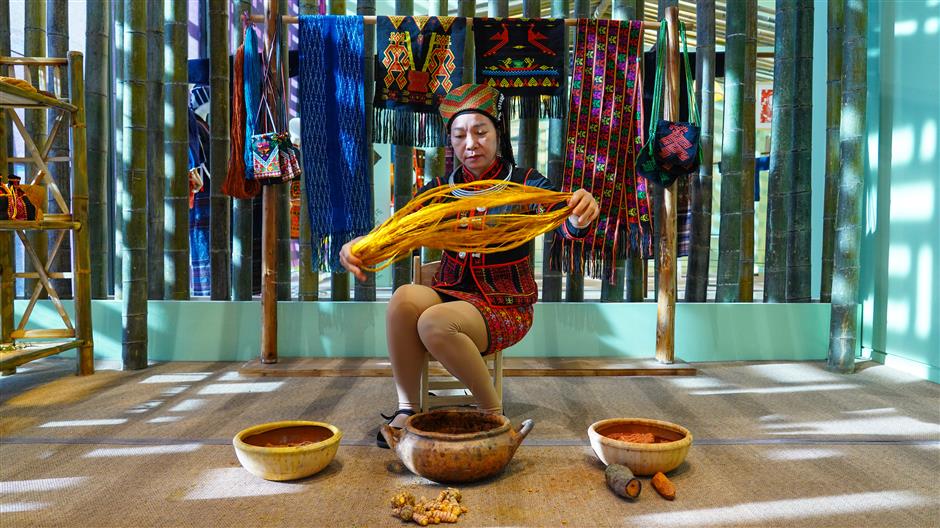
The art of Li textile lies not only in its technique but also in its dialog with nature. The Li people draw their palette from the island's lush forests.
"My mother taught me which plants dye which colors," recalled Liu Xianglan, a national inheritor of the craft. "The heart of sappan wood develops red, the bark of ebony yields black, and turmeric brings yellow."
Li people also developed a distinctive resist-dyeing technique known as jingran, in which threads are tied and dyed before weaving, creating intricate geometric and symbolic patterns.
For the Li people, weaving is more than a craft. It is language. In the absence of a written script, patterns depict creation, fertility prayers, strength and harmony. Li women weave their wedding dresses, each thread representing beauty, blessing and identity.
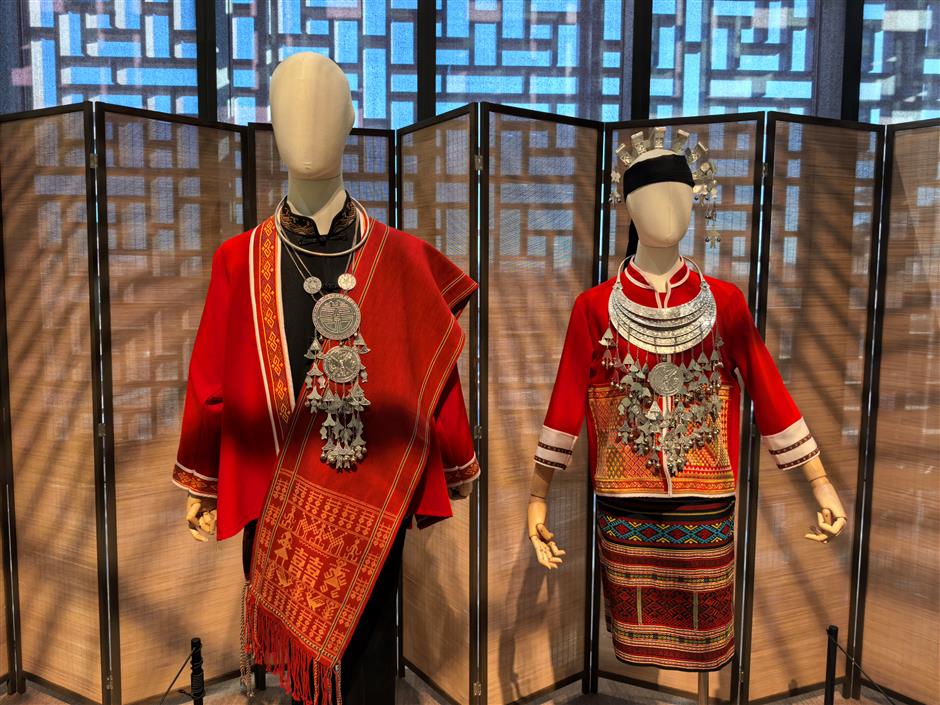
Their motifs echo the world around them. In river plains, people pattern cloth with frogs and fish; in mountain villages, flowers and forest birds come alive in the weave.
The frog is notable among them, as local people believe it symbolizes fertility, reflecting the Li people's profound reverence for life.
Traditionally, the textile techniques of the Li ethnic group were passed from mothers to daughters through hands-on teaching. But in 2009, only fewer than 1,000 practitioners remained, most of them elderly.
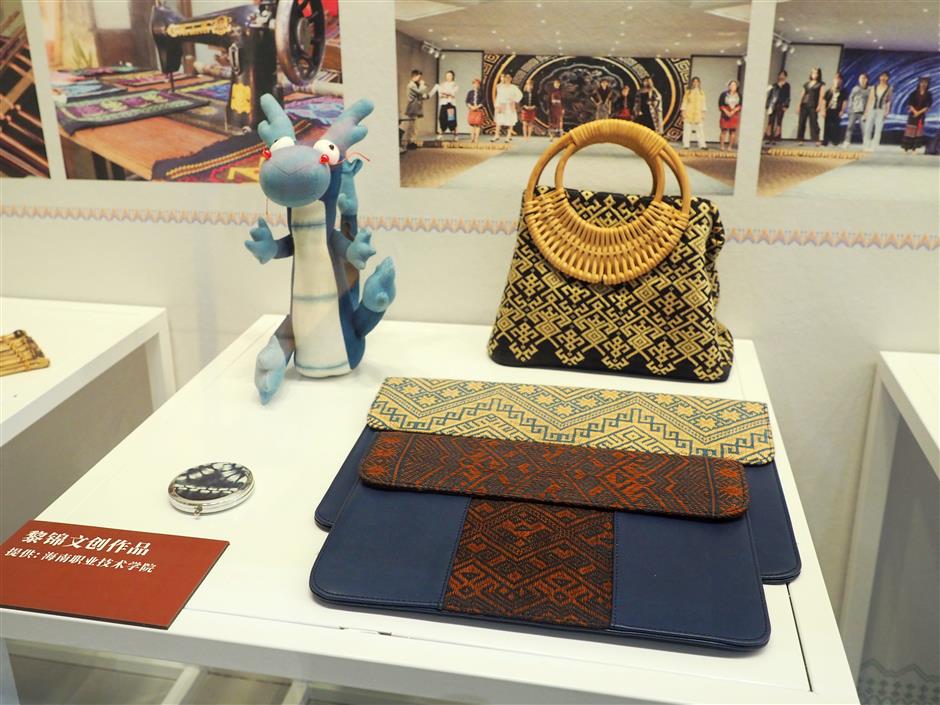
The ancient craft is experiencing a revitalization. Listed as a national intangible cultural heritage in 2006 and inscribed by the United Nations Educational, Scientific and Cultural Organization (UNESCO) in 2009 as an Intangible Cultural Heritage in Need of Urgent Safeguarding, Li weaving has since flourished again.
In 2024, UNESCO added the traditional Li textile techniques of spinning, dyeing, weaving and embroidering to its Representative List of the Intangible Cultural Heritage of Humanity.
Today, more than 20,000 inheritors across Hainan continue the traditional craftsmanship. Revived and celebrated, the shimmering threads of Li brocade once again bind the island's people to their ancestors.
In Case You Missed It...

